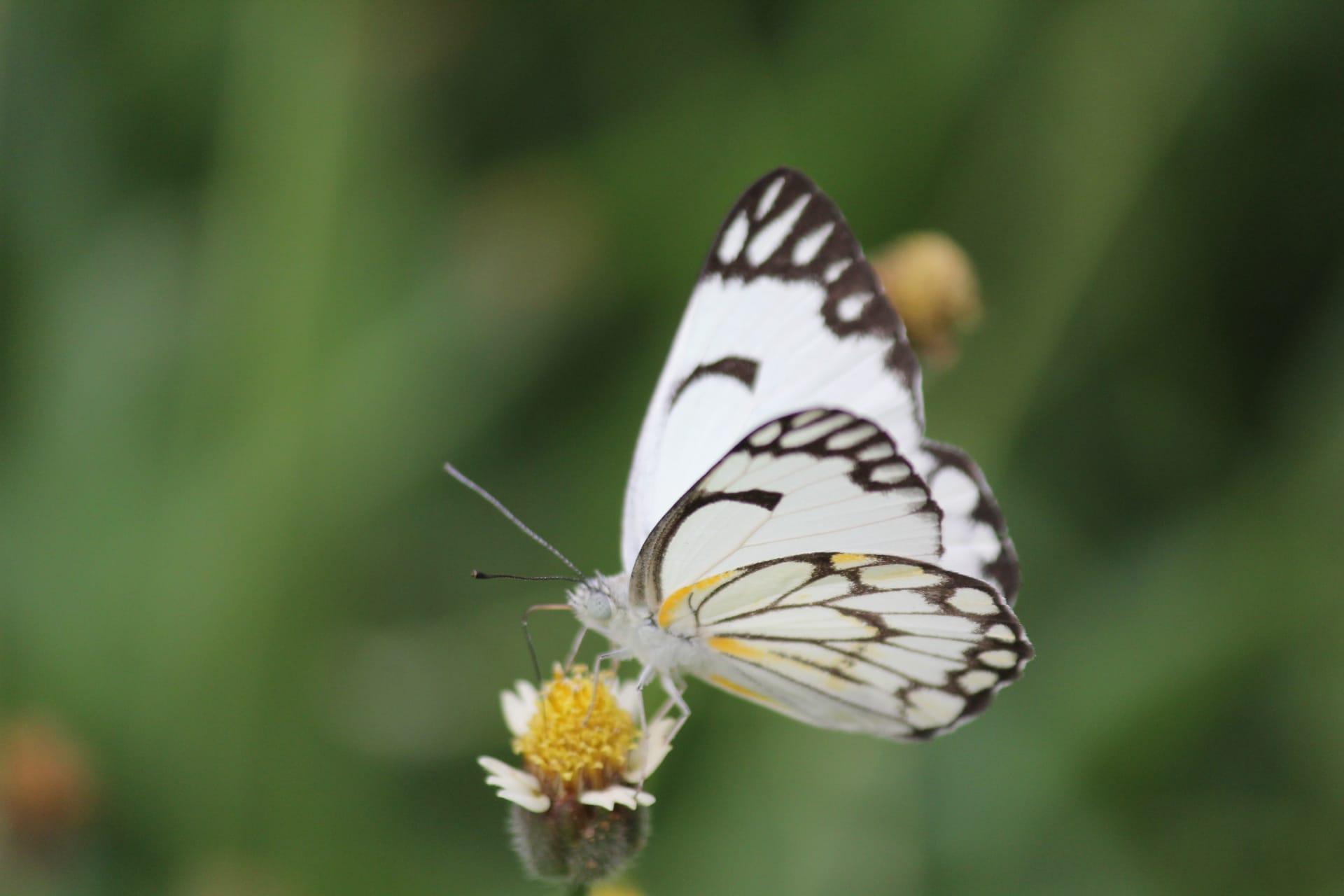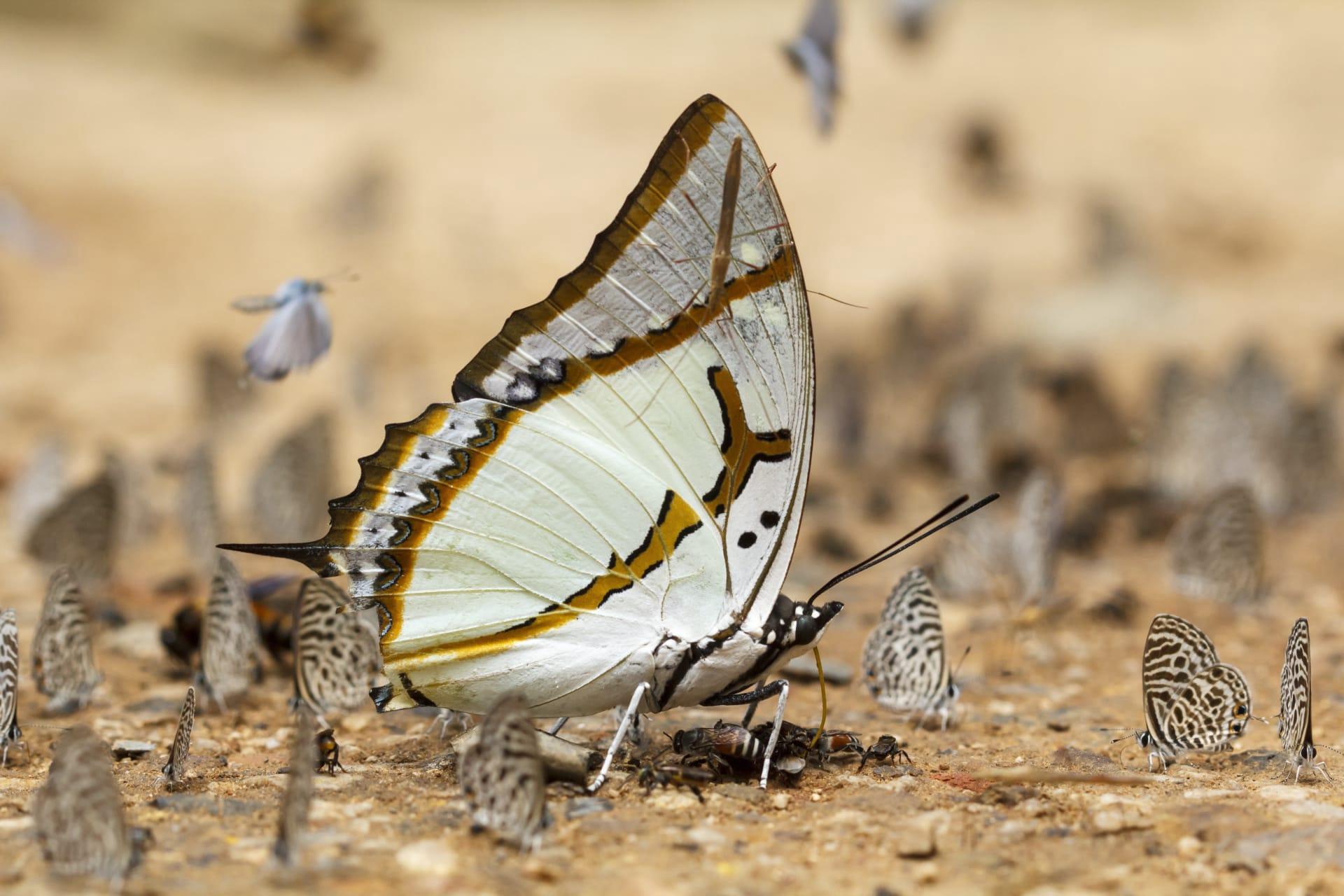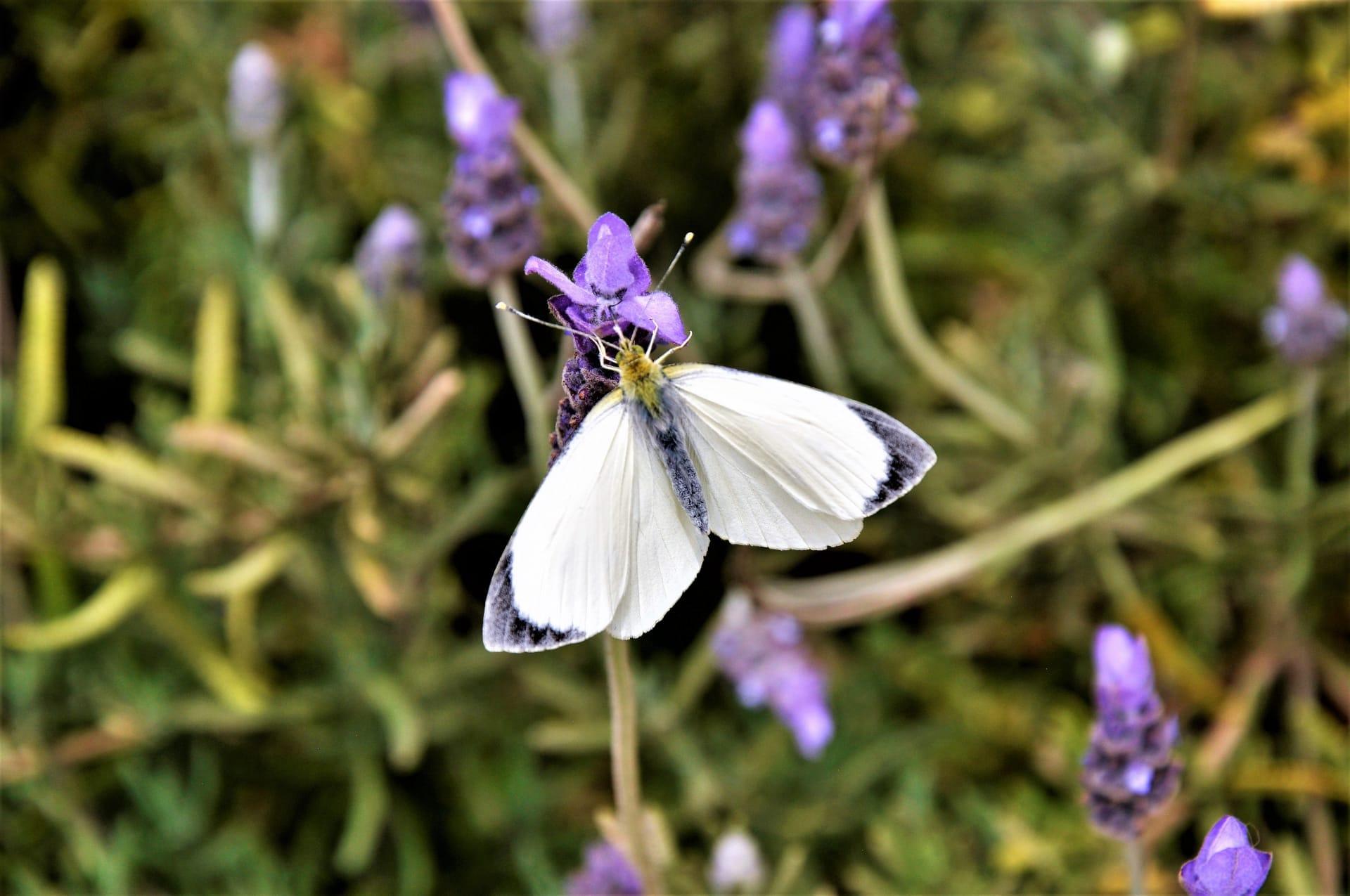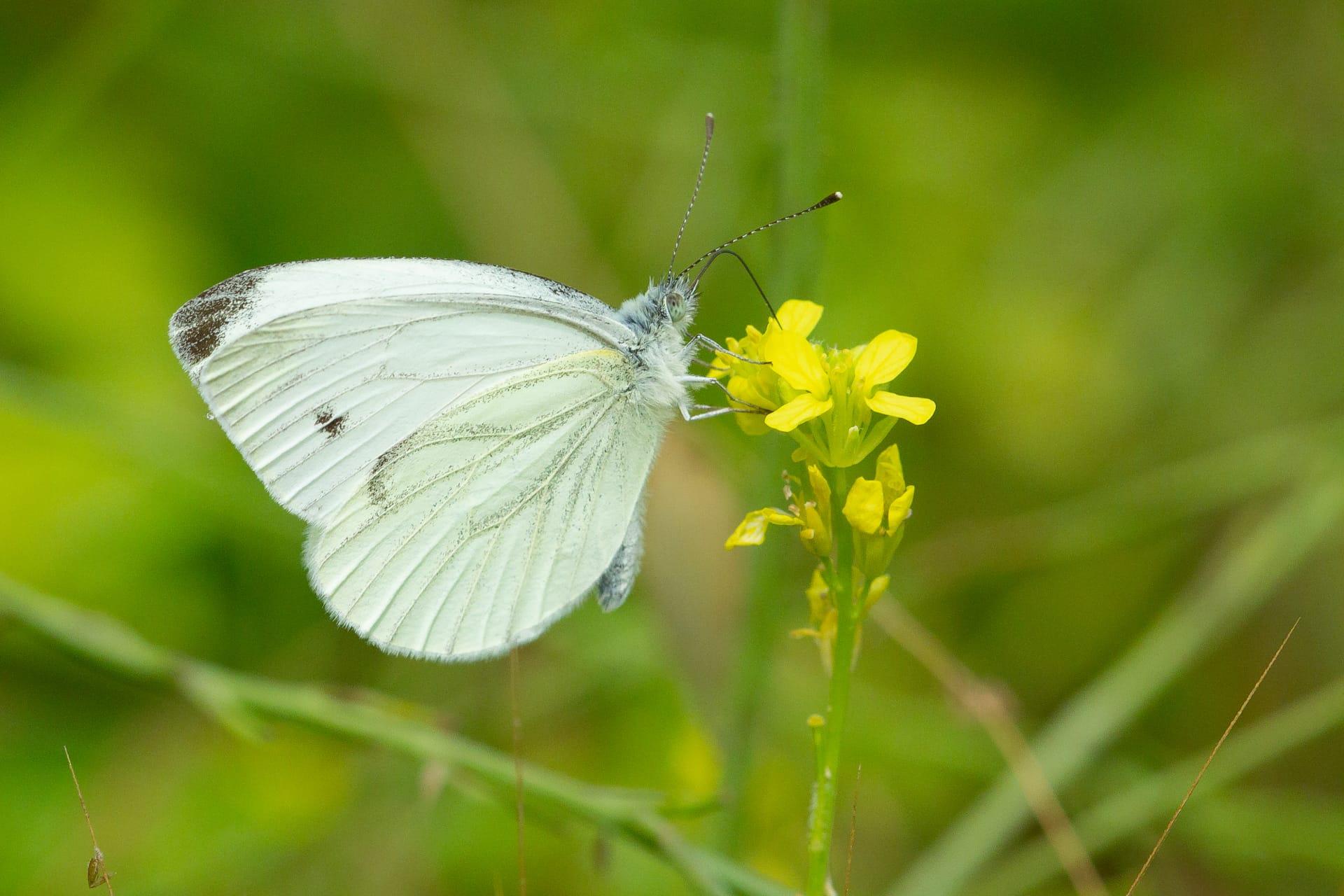White Butterfly Trivia
- Home /
- Trivia Question /
- Animal /
- White Butterfly Trivia
1
Question: What distinguishes the white butterfly from other butterfly species in terms of physical appearance?
Answer: White butterflies, particularly known for their strikingly pure white wings, set themselves apart from others with their size, which typically ranges from 1.5 to 2.5 inches in wing span. Unlike many vibrant species, they exhibit a minimalistic beauty, often adorned with small black dots or subtle gray patterns on their wings, providing a stark contrast against their primary white coloration.
Question: How long is the lifespan of a white butterfly, and what factors influence it?
Answer: The lifespan of a white butterfly usually spans about 2 to 4 weeks, a brief but bustling period. This duration can be influenced by various factors such as climate conditions, availability of food sources, and predation pressures. In warmer climates, they tend to live longer due to a more abundant supply of nectar and fewer environmental stresses.

2
Question: Is it true that white butterflies are indicators of a healthy ecosystem?
Answer: Yes, white butterflies often serve as bioindicators of environmental health. Their presence in an area suggests a well-balanced ecosystem, mainly because they are sensitive to pollutants and habitat changes. Their caterpillars feed on a range of host plants, so their thriving populations often imply a healthy plant community.
Question: Do white butterflies only feed on white flowers?
Answer: Contrary to this common misconception, white butterflies do not limit their nectar source to white flowers. They are attracted to a variety of brightly colored flowers, including purple, pink, and yellow, which provide them with the necessary nectar. Their feeding preferences are more influenced by flower shape and nectar quality rather than color.

3
Question: What role do white butterflies play in pollination?
Answer: White butterflies contribute significantly to the pollination process. As they flutter from flower to flower feeding on nectar, they inadvertently transfer pollen on their legs and bodies, facilitating the cross-pollination essential for plant reproduction and biodiversity.
Question: How do white butterflies regulate their body temperature?
Answer: These butterflies employ a fascinating mechanism called thermoregulation. They bask in the sun with their wings spread wide to absorb heat, which helps raise their body temperature for optimal flight and metabolic functions. In cooler conditions, they might shiver their wings rapidly to generate warmth.

4
Question: Can white butterflies taste with their feet?
Answer: Surprisingly, yes! White butterflies have sensory organs on their feet called chemoreceptors, which allow them to taste and identify suitable plants for laying eggs. This ability ensures that their offspring, once hatched, will have the right food source immediately available.
Question: Are white butterflies migratory, and if so, how far do they travel?
Answer: Some species of white butterflies are indeed migratory. For instance, the Large White (Pieris brassicae) can migrate up to several hundred kilometers, traveling from rural areas to more urban settings in search of food and breeding grounds. Their migratory patterns are influenced by climate and seasonal changes.

5
Question: What is the significance of the coloration in white butterflies?
Answer: The white coloration in these butterflies plays a crucial role in their survival. It offers them a degree of camouflage against predators when resting on light-colored surfaces. Additionally, the color helps reflect sunlight, keeping them cooler in hotter climates.
Question: How do white butterflies communicate with each other?
Answer: White butterflies communicate primarily through visual signals. Wing patterns and flight behaviors are used to convey messages, especially during mating rituals. Males often display a series of intricate flight patterns to attract females, while the distinct wing markings help them identify suitable mates and differentiate from other species.